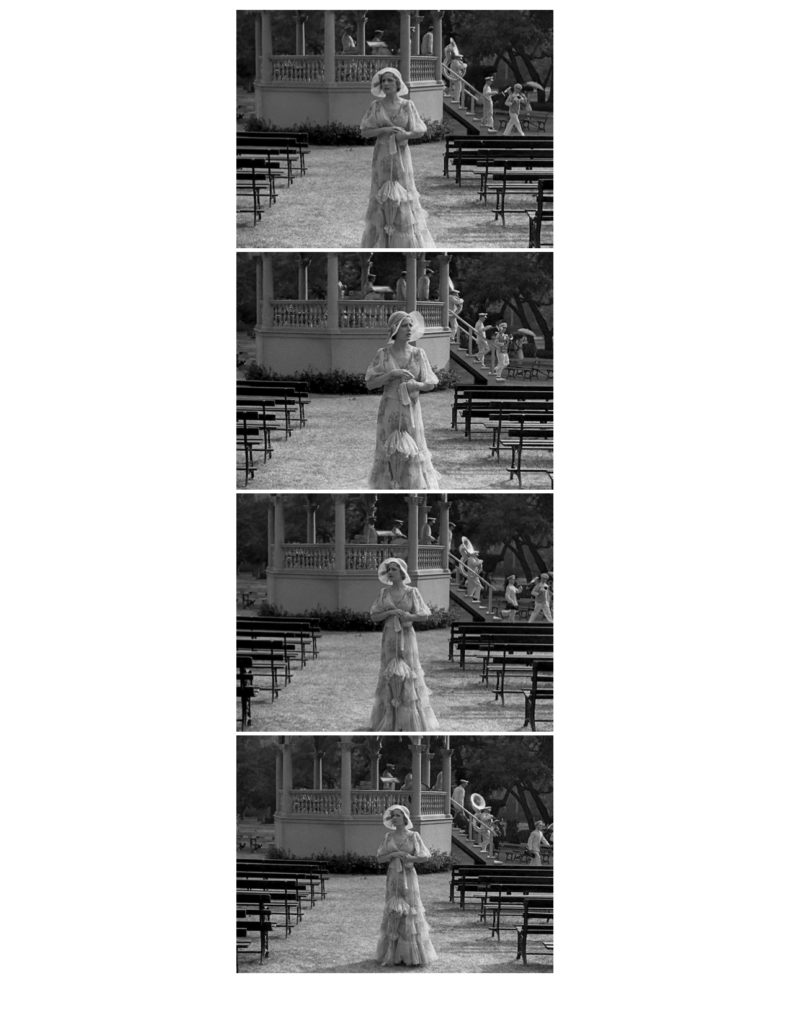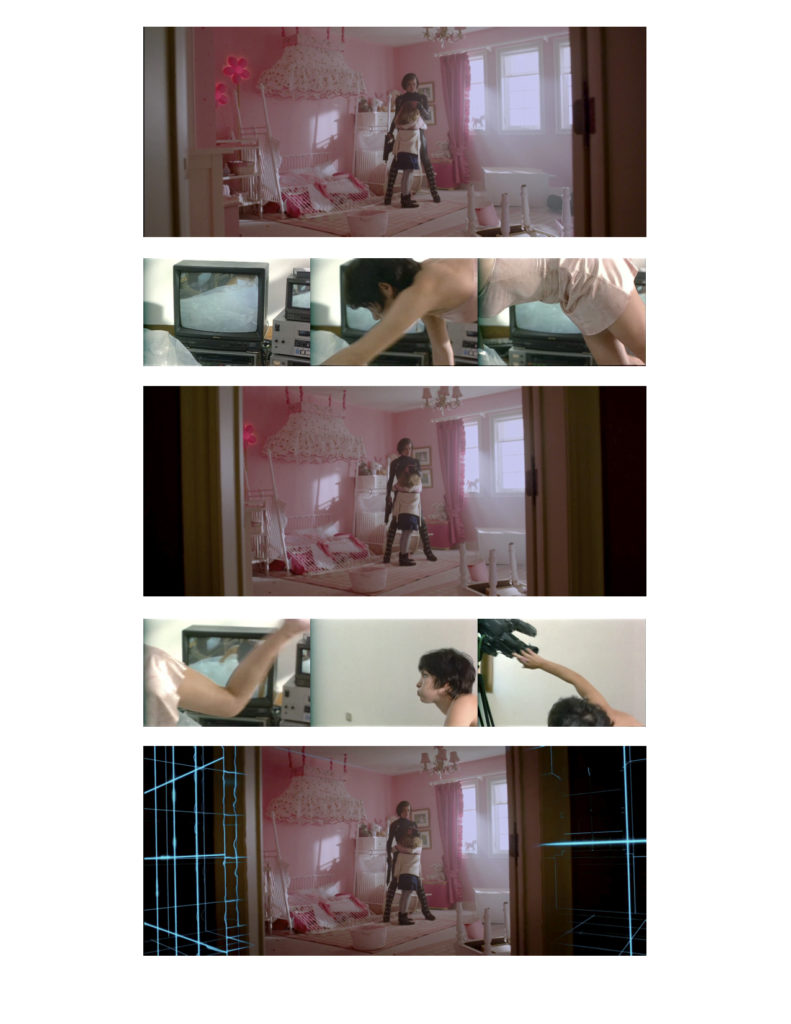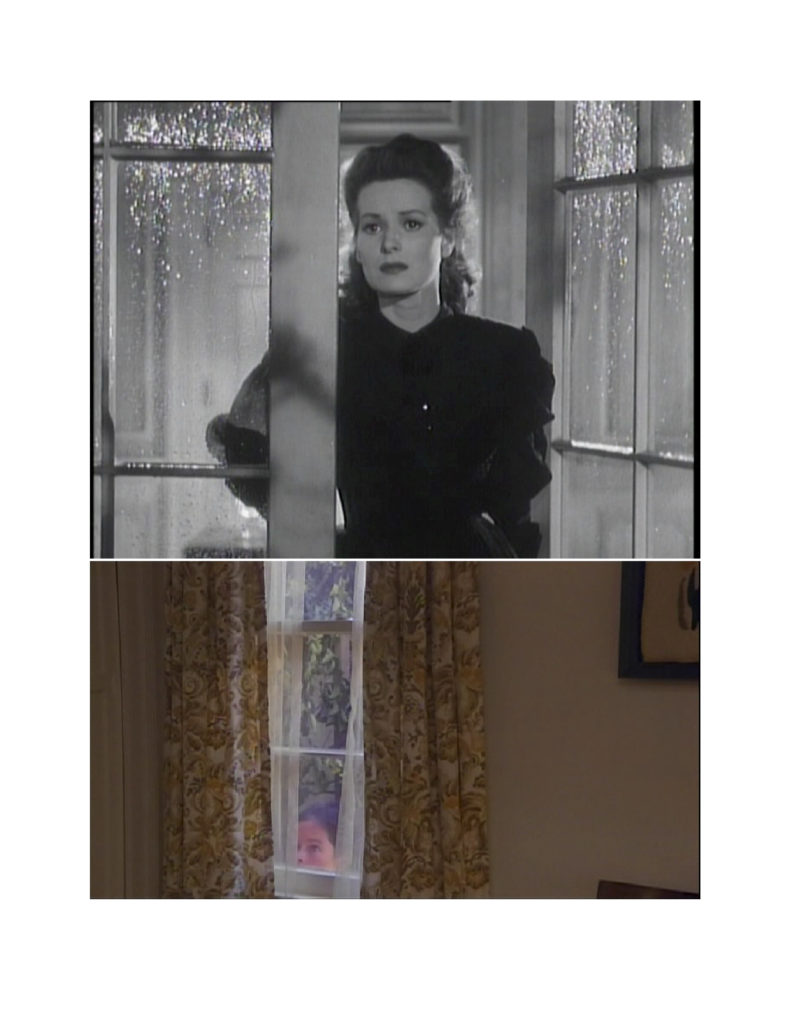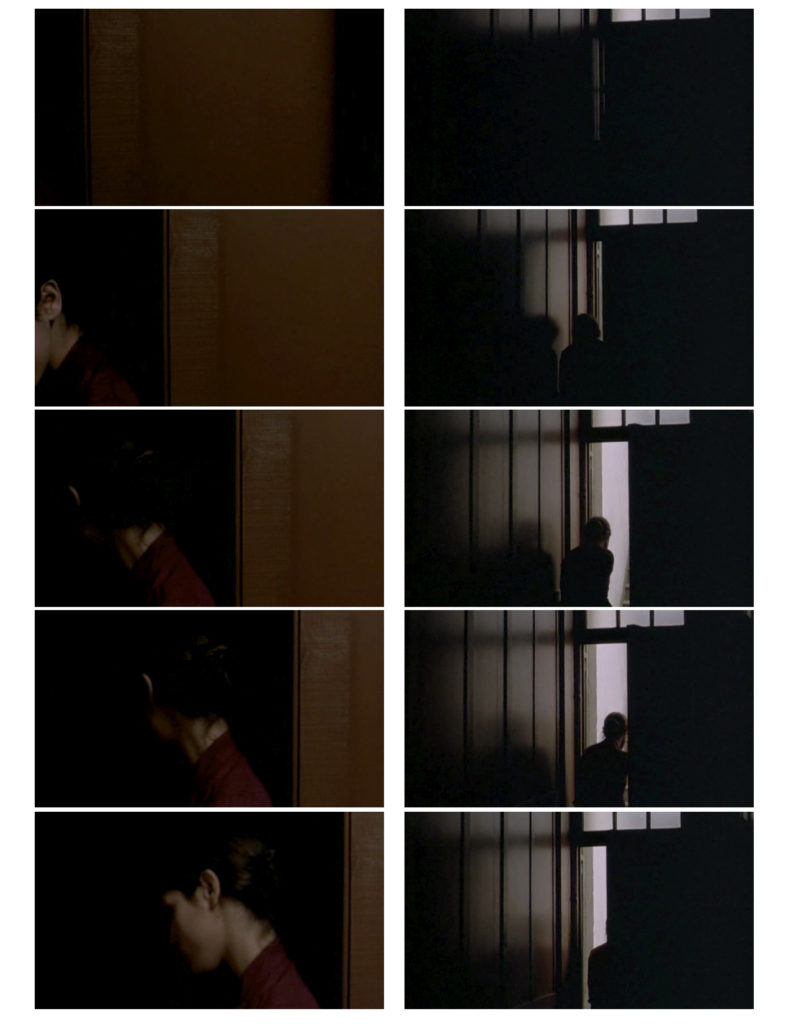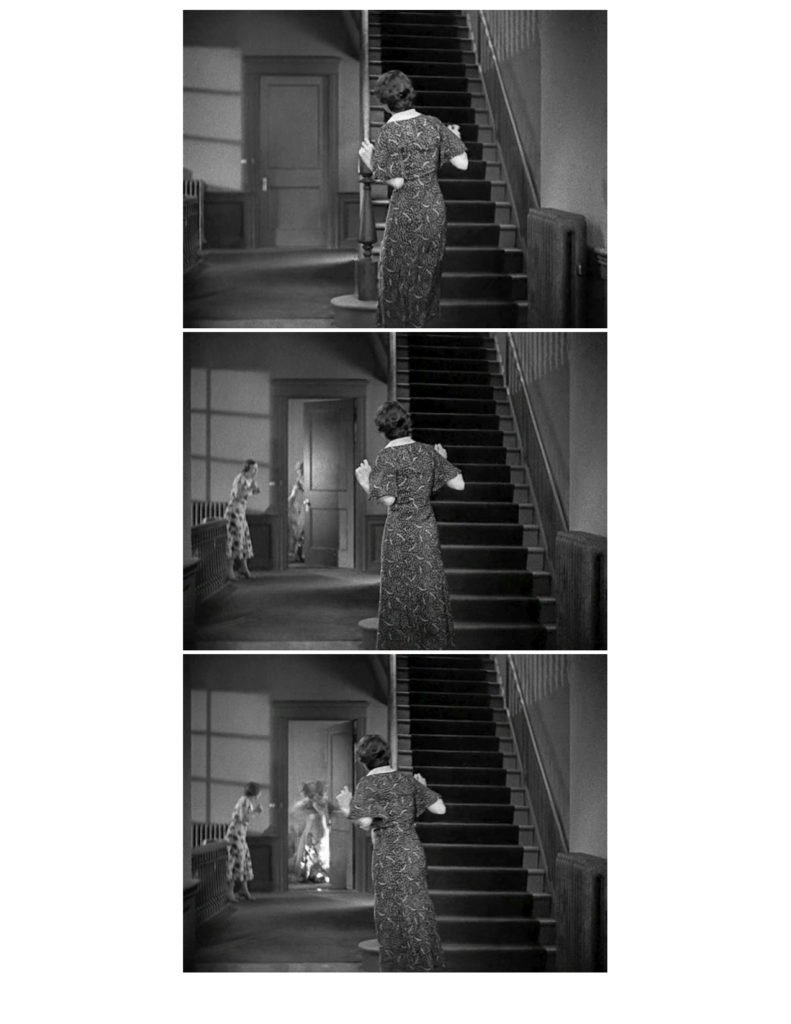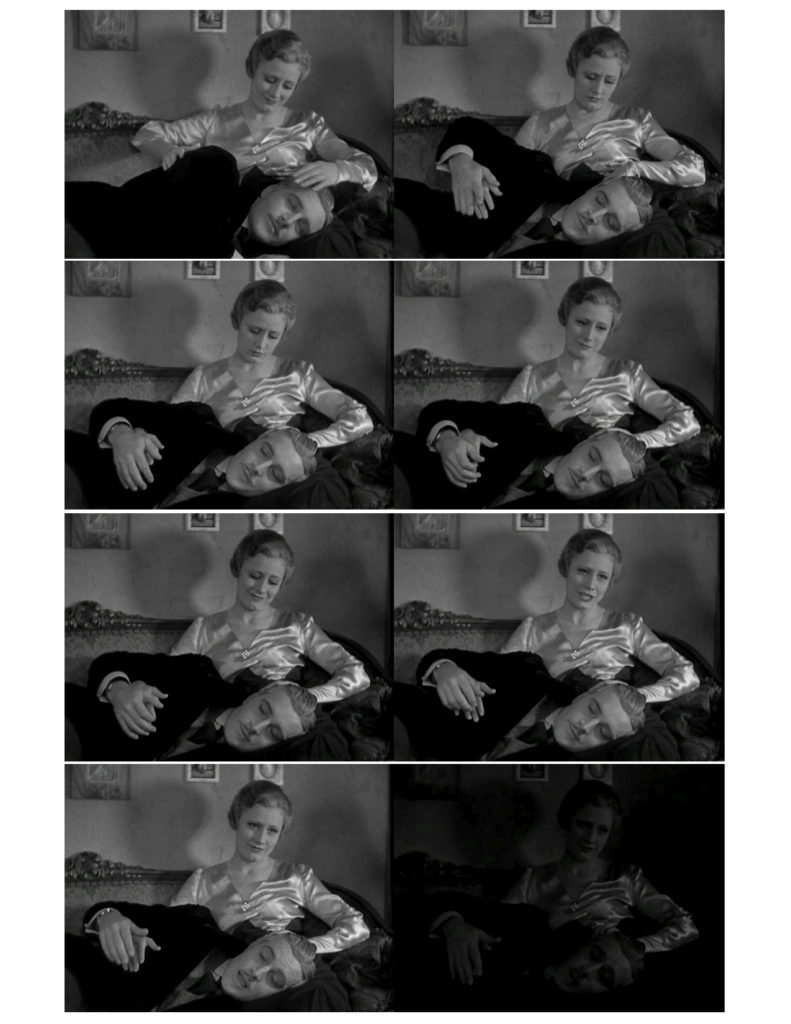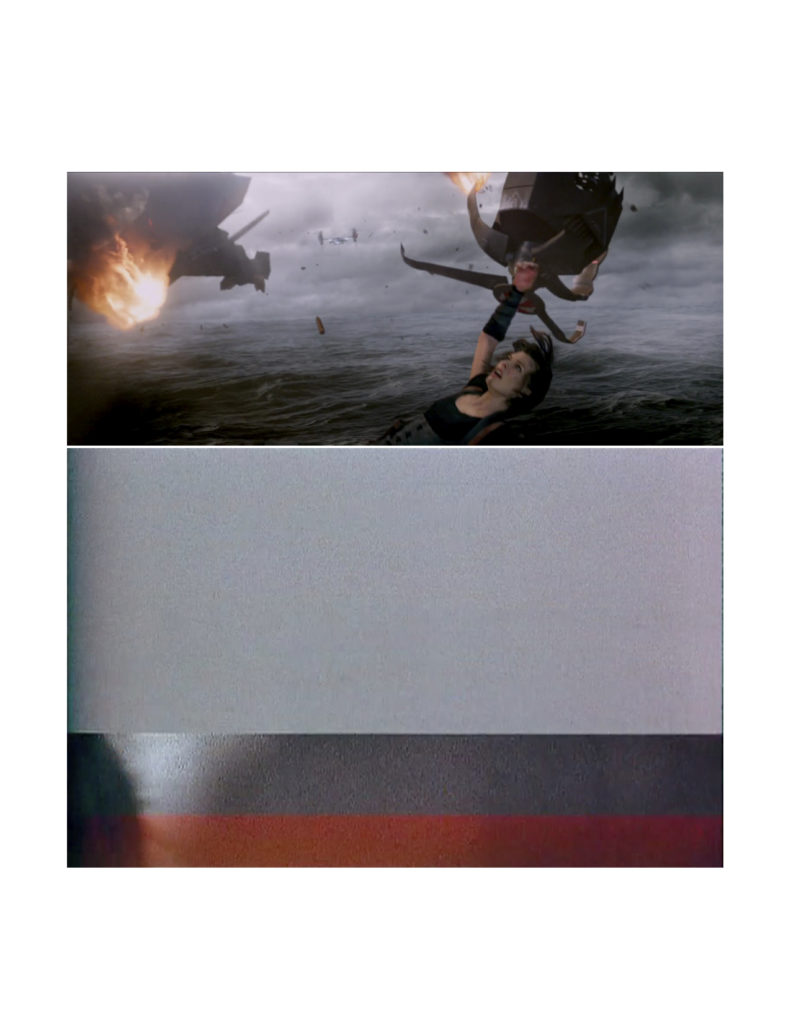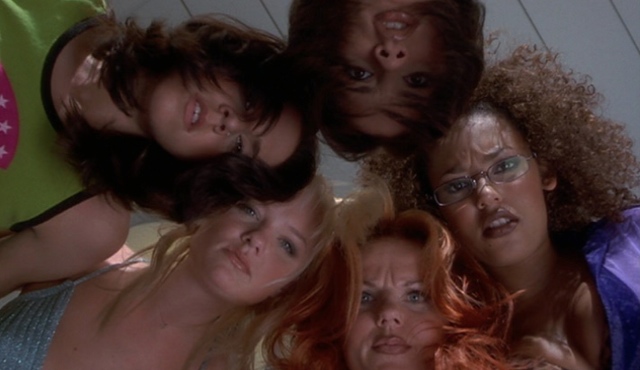“There were moments when such scenes delighted Lily, when they gratified her sense of beauty and her craving for the external finish of life; there were others when they have a sharper edge to the meagerness of her own opportunities. This was one of the moments when the sense of contrast was uppermost, and she turned away…” – Edith Wharton, The House of Mirth
Gina Telaroli’s constantly evolving visual criticism takes the form of citations and abbreviations, arranged and organized, mixed and matched, enlarged and minimized, combined and separated, pulled apart and put back together—not unlike, perhaps, the creation of sentences, paragraphs, and, eventually, essays. For our crave issue, she examines John M. Stahl’s little-known melodrama Back Street (1932) and its portrayal of desire, using the works of Carl Theodor Dreyer, Paul W.S. Anderson, Joaquim Sapinho, and more. The choice of film stills is not merely thematic, but places their scenes and frames in dialogue with each other—the creation of new meaning in contrast.
– the editors



